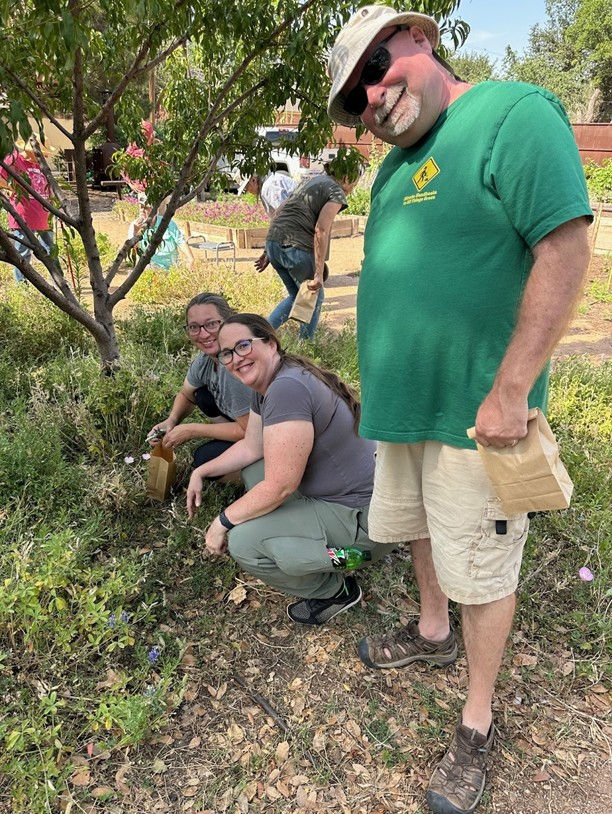How to Read a Plant Label
- PBMG

- Jan 26, 2020
- 2 min read
Debbie Roland, Master Gardener
That plastic tag stuck in the plant is important. Here are some tips on how to read them.
Plant Photo: Be careful. Just like social media pictures, they may be overly flattering and not a great example of what you will be getting. A little research goes a long way here.
Common Name: The tag will show a Latin name and at least one common name. The common name “Black Eyed Susan” is actually a redbeckia fulgida (Latin name) and the species of the plant. The name in quotes is the cultivar of the plant and is just a variation of the species. Just like a Dachshund and a Great Dane are both dogs, they are very different species. Different cultivars of the same plant look very different, just like dogs look different.
Overall Description: Again, this could be way more amazing than it really is. Also, I find that when I buy a plant it may not actually achieve the height or width in West Texas that it does in East Texas where they get more rain.
Hardiness Zone: Each label will contain a zone which is the coldest zone in which a plant can exist. Our zone is 7b so don’t buy plants that don’t fall within our zone. Annuals will not list a zone because they are not expected to live through the winter.
Light Requirements: You should see Full Sun, Part Sun/Part Shade and Shade designations on the label. Full sun means the plant needs at least 6 hours of direct sunlight and may be symbolized by a yellow sun. Part Sun or Part Shade means 3 to 6 hours of sunlight and will show a sun half yellow and half gray. Shade or Full Shade means that a plant can survive with less than 3 hours of sunlight and may be shown as a grayed out sun. Shade is sort of well, shady here. It does not mean that no sun ever touches it just that it can tolerate some filtered sun.
If you see more than one symbol that plant can tolerate different conditions.
Size: This is a big deal. It is hard when planning a bed or yard to visualize that a plant in a one or five gallon pot can grow 30’ tall and 15’ wide but it can and does happen. Lay out the space and be sure you want that very tall tree.
Habit: This just designates the shape of the mature plant.
Growth Rate: If it says it is slow growing it may take a very long time to get to the size you want it to be.
Another thing that might be on the tag is invasive. It means you may have one this year, fifty next year and you and your neighbors will be fighting it for years to come.
Self sowing plants sprout new plants randomly all over your yard. For beginning gardeners this seems ideal until you are pulling old varieties of Mexican Petunias out of your lawn on a regular basis.
If you have questions, please call the AgriLife office in Odessa at 498-4071 or in Midland at 686-4700 for more gardening information. Additional information available at https://aggie-horticulture.tamu.edu and Permian Basin Master Gardeners website (westtexasgardening.org).
.jpg)



Comments